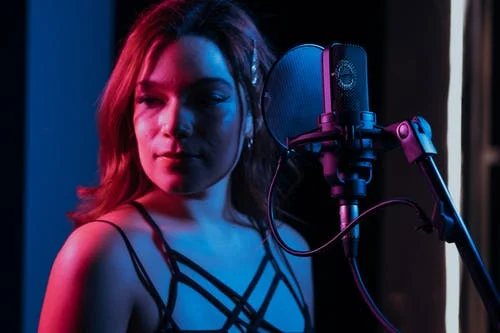5 Things Every Music Publishing Company Needs
Producers, engineers, and musicians of all levels require a well-equipped home studio. And fortunately, there has never been a better time to join the game. Over the last decade, rapid advancements in digital technology have made home recording not only accessible but also affordable. You may be confident that you’re equipped to compose high-quality music with these crucial pieces of home studio equipment.
But it should not be compromised in the name of saving money on studio equipment for a home setup. As long as the music publishing company has the necessary tools and the funds, setting up an amateur or professional home recording studio with decent quality and functionality is pretty simple. We’ll go over the main equipment every music publishing company needs for music studio setup as well as how to set it all up in this article.
Important Things Every Music Publishing Company Needs
1. DAW (Digital Audio Workstation)
The major program you use to record and produce music on your computer is a digital audio workstation (DAW). Pro Tools, FL Studio, Cubase, Ableton Live, Reaper, Logic Pro, and Bitwig are just a few of the DAWs available. Some, like Pro Tools, excel at audio tracking and editing, while others, like FL Studio or Ableton Live, are focused on beat development and arrangement.
It’s entirely up to the music publishing company’s choice, which DAW they use. All DAW has similar basic features and comes with stock software instruments and FX plugins that you can use to create and alter sounds in your creations. However, each has its own peculiarities, workflows, creative approaches, and pricing points.
2. Computer
The beating heart of the recording studio is the computer. We can’t emphasize this enough: it’s absolutely acceptable to utilize an existing laptop or desktop while you’re just getting started. Most commercial music-making software and plugins will run on it if it’s powerful enough.
Music publishing company’s needs, OS comfort, and price limits will determine whether they choose a Mac or a PC. For a long time, Macs have been the standard for audio and other creative apps, but these days, desktop and laptop PCs can make excellent studio machines if we look for the correct characteristics.
3. Desk
Choosing the correct desk is an important component of setting up a music studio. If you’re just establishing your music publishing company and getting started in production, whatever desk you’ve been using will suffice. However, if you gradually add more equipment to your studios, such as speakers, MIDI controllers, and modular units, you may find that your desk is too small to accommodate your gear or that it isn’t strong enough to support your new speakers.
Many studio workstations include unique characteristics not found in “normal” home desks. Cable management solutions, holes to route and hide wires, a MIDI keyboard tray, rack gear space, or a second shelf for speakers are just a few examples.
4. Microphone
Studio microphones are available in a variety of forms and sizes. Some mics thrive in a variety of situations, making them useful jack-of-all-trades microphones. Others are made to record certain instruments, such as drums or acoustic guitars. There are three main types of microphones, including dynamic, condenser, and ribbon.
Dynamic microphones are built to last and can be used in the studio or on stage. Condenser microphones are best for vocal recording and require 48 volts of phantom power. Ribbon microphones are the most delicate of the three, with a deeper tone that can yield surprising results on high-frequency material.
5. Studio Monitors
Studio monitors are not the same as regular consumer speakers. Although they may appear to be the same, most home speakers are designed to listen to music rather than produce it. Studio monitors are designed to reproduce sound more accurately.
Although each speaker has its own sound characteristics, studio monitors are often more accurate and do not have built-in improvements. Some studio monitors let you modify the low, mid, and high-frequency ranges, while others have a measurement microphone that allows you to calibrate the monitors to your environment.
6. A Chair
Sitting in a chair and creating new music for hours on end is a huge factor of music production. A comfortable studio chair is an excellent purchase for any producer trying to make their room a more comfortable creative zone, whether you’re finishing a record, composing new beats, or just sitting there auditioning different kick drums.
In your shoulders, neck, and lower back, you may feel the difference between cheap and costly chairs over time. If you do a lot of mixing, a chair with a headrest would be a good choice. And if you need to switch between instruments in your studio, you’ll want something with wheels and no armrests to get in the way.




Comments
Post a Comment